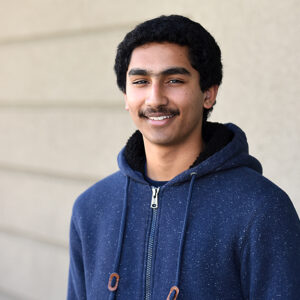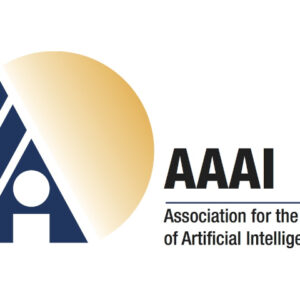Nikash Shankar, grade 12, who qualified as a regional semifinalist in the Biotechnology Institute’s BioGENEius Challenge, presented his research in San Francisco last week.
“Out of a field of nearly 50 students, Nikash was selected to compete as a finalist at the challenge,” said Gabriella Arroyo, executive assistant at BayBio, Northern California’s life sciences association. “While he did not place, the competition was very strong this year and he should be proud to have participated in the challenge.”
Shankar’s project is titled “Insulin and Metformin: A Therapeutic Approach for the Prevention of Alzheimer’s Disease after Type II Diabetes Mellitus Using a Novel In-Vitro Cell Model.”
Here is Shankar’s description of his project:
“In recent years, Alzheimer’s disease (AD) has been considered to be in part a neuroendocrine disorder, even referred to by some as type III diabetes. AD is characterized by a paucity of insulin and insulin resistance, which results in accumulation of β-amyloid peptides to form plaques in the brain leading to neuronal degeneration. Epidemiological evidence suggests a link between type 2 diabetes mellitus (T2DM) and AD.
“The present study investigates the effect of insulin and metformin, an insulin sensitizer, on the production of β-amyloid by using a novel in-vitro neuronal cell model. The findings demonstrated that when neuronal cells, transfected to produce endogenous β-amyloid, were exposed to high glucose conditions [50 mM], they exhibited high cellular toxicity and increased β-amyloid generation. Metformin, at a dose of 10 mM, and insulin, at a dose of 1μM, were effective in lowering the production of β-amyloid. However, tyrophostin, a known inhibitor of the insulin-signaling pathway, did not modulate the effect of metformin on β-amyloid. Hence, the effect of metformin on β-amyloid is probably mediated through mechanisms other than insulin signaling pathway. These findings suggest a possible role of insulin sensitizers in reducing the risk of AD in T2DM.”
Shankar originally submitted a poster, which, after being viewed by a number of judges, was selected, allowing him to compete in the 2015 Amgen Bay Bio Area BioGENEius Challenge, the local qualifier to the next level.
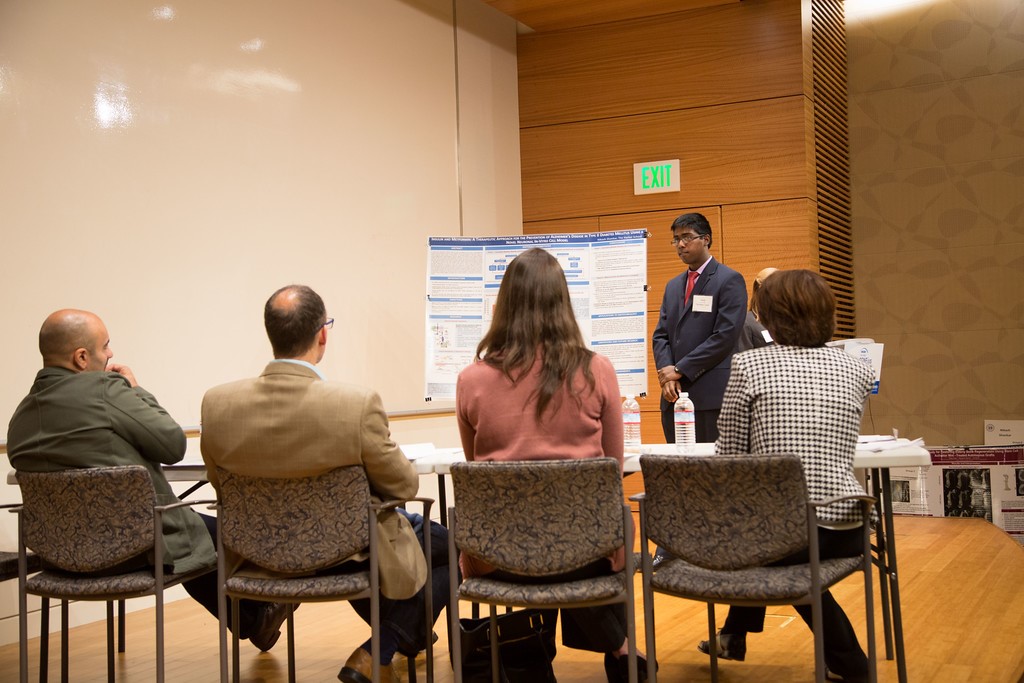
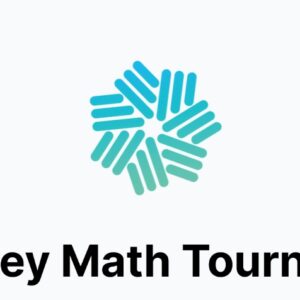
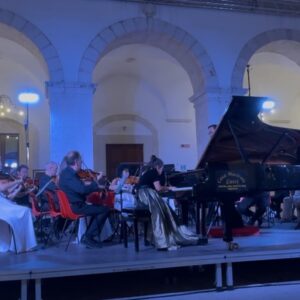

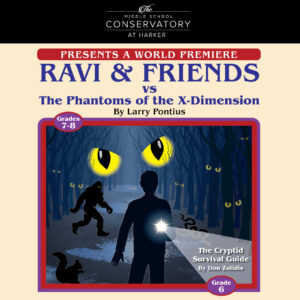

![[Update] Incoming Student Finalist in Young Scientist Challenge harker-logo-default](https://news.harker.org/wp-content/uploads/2016/08/harker-logo-default-300x300.png)
